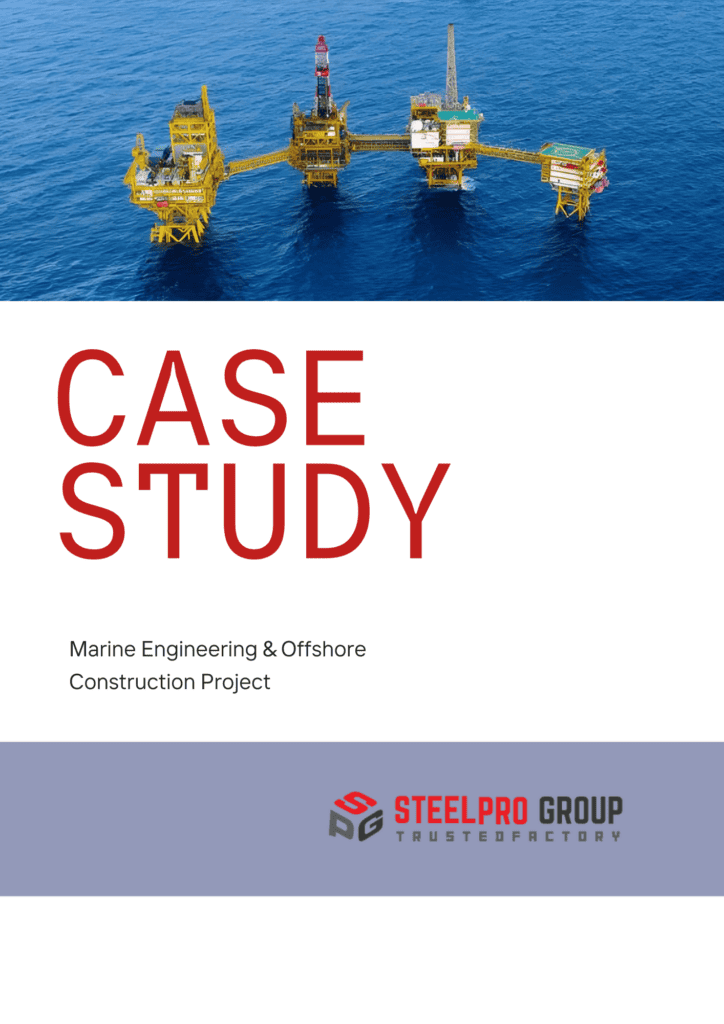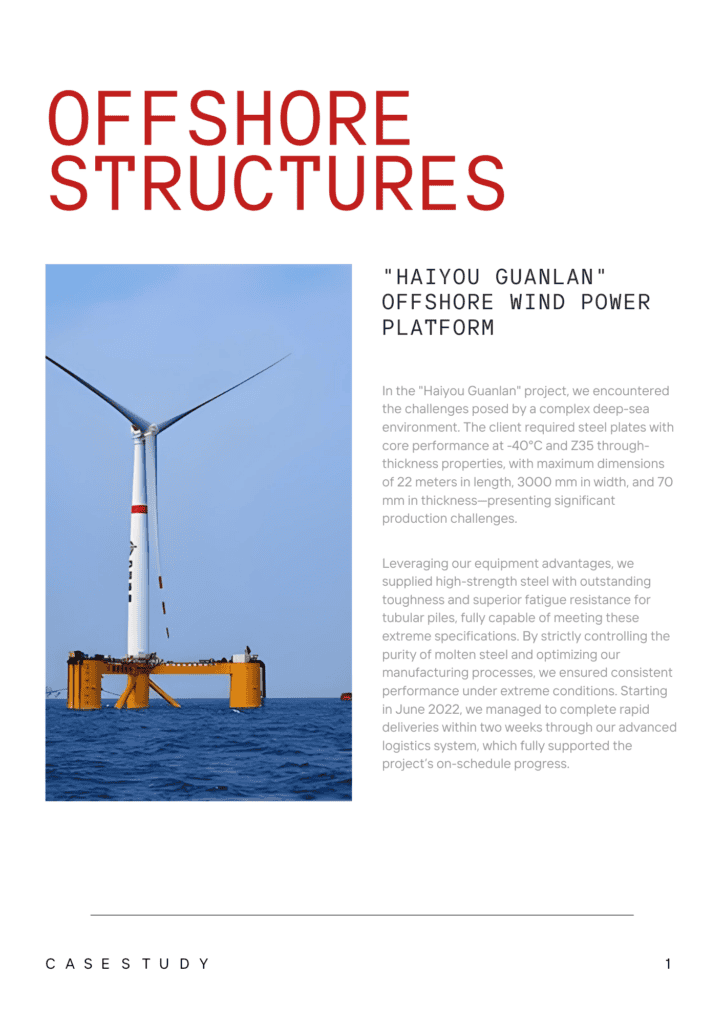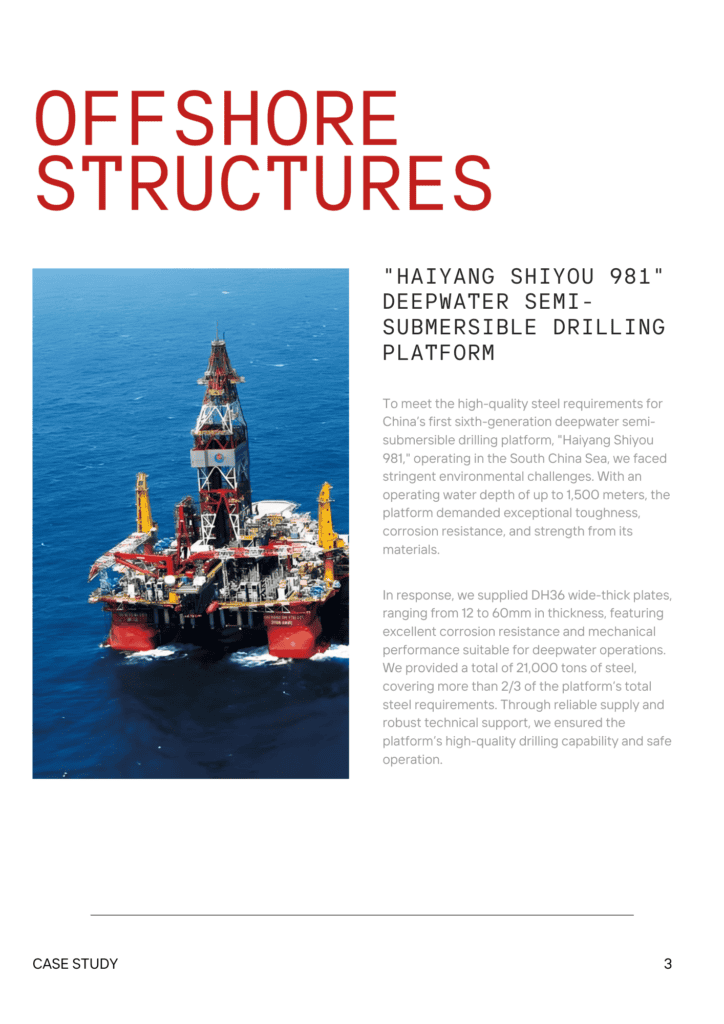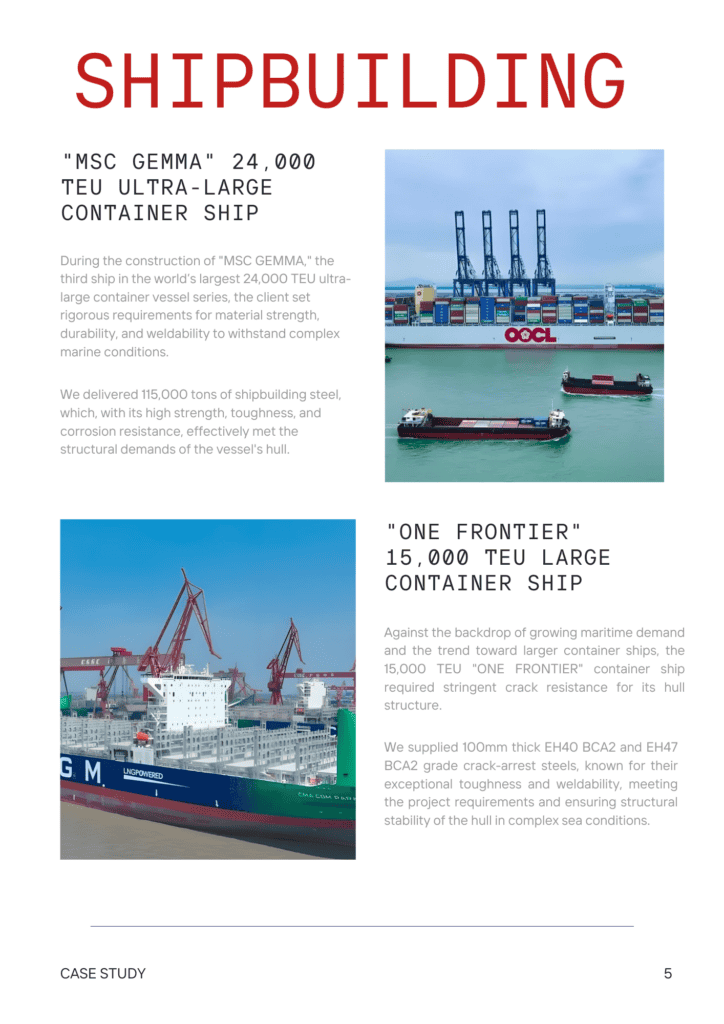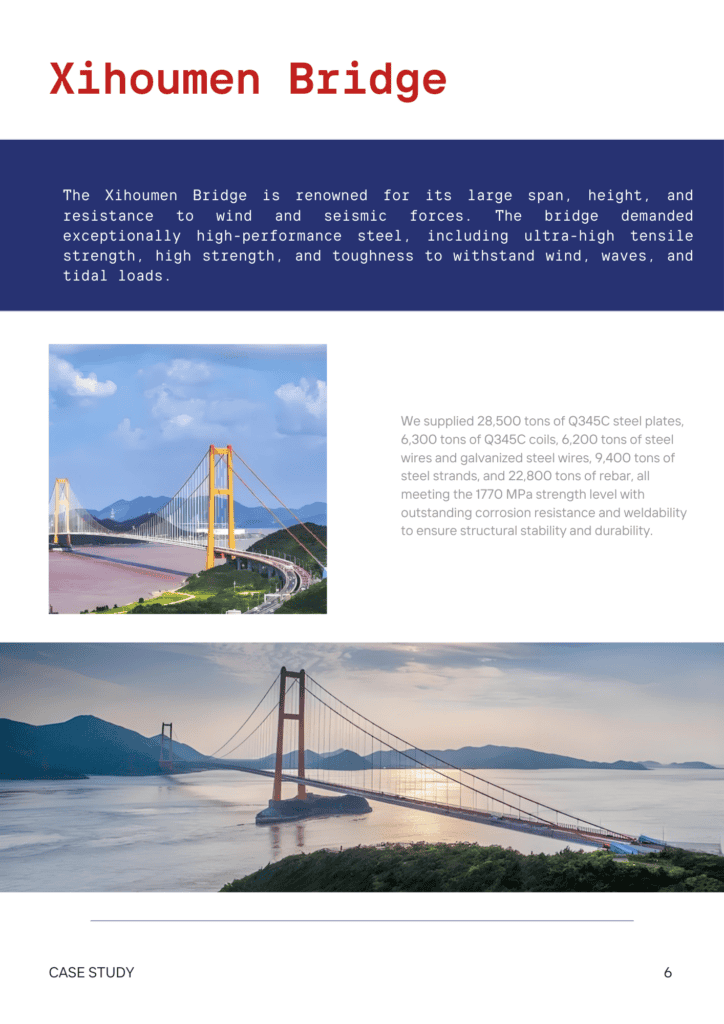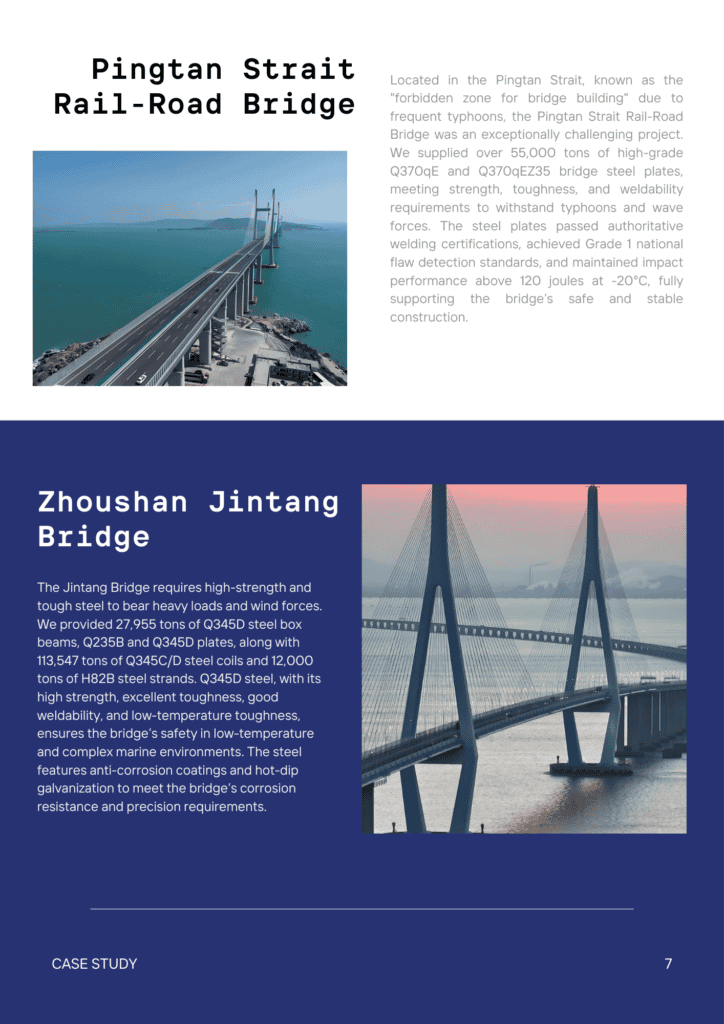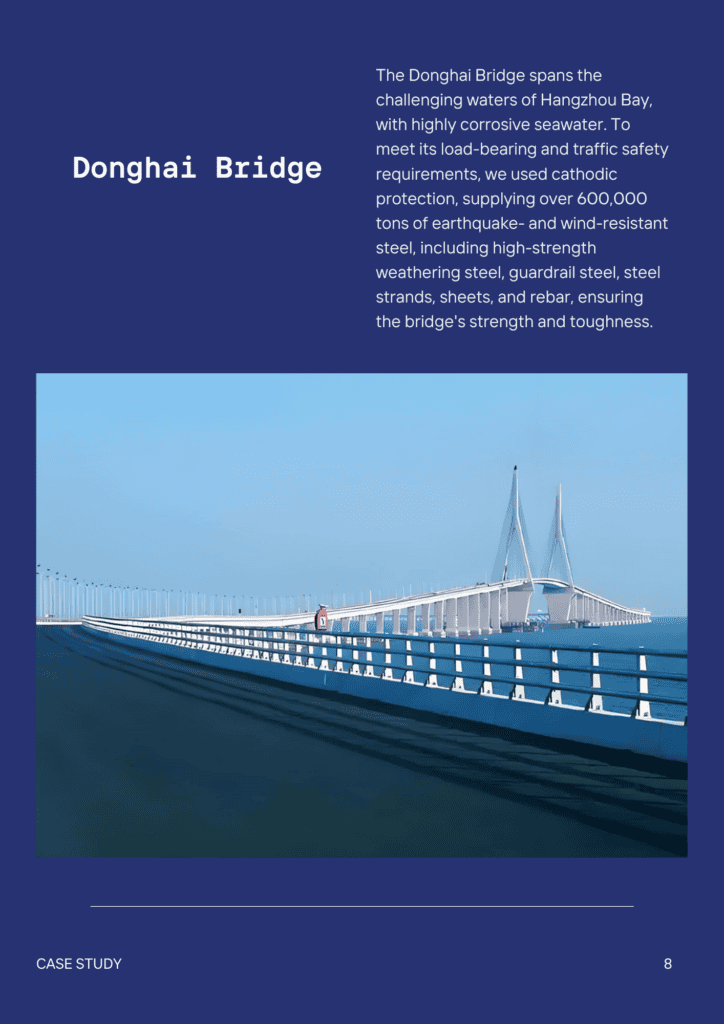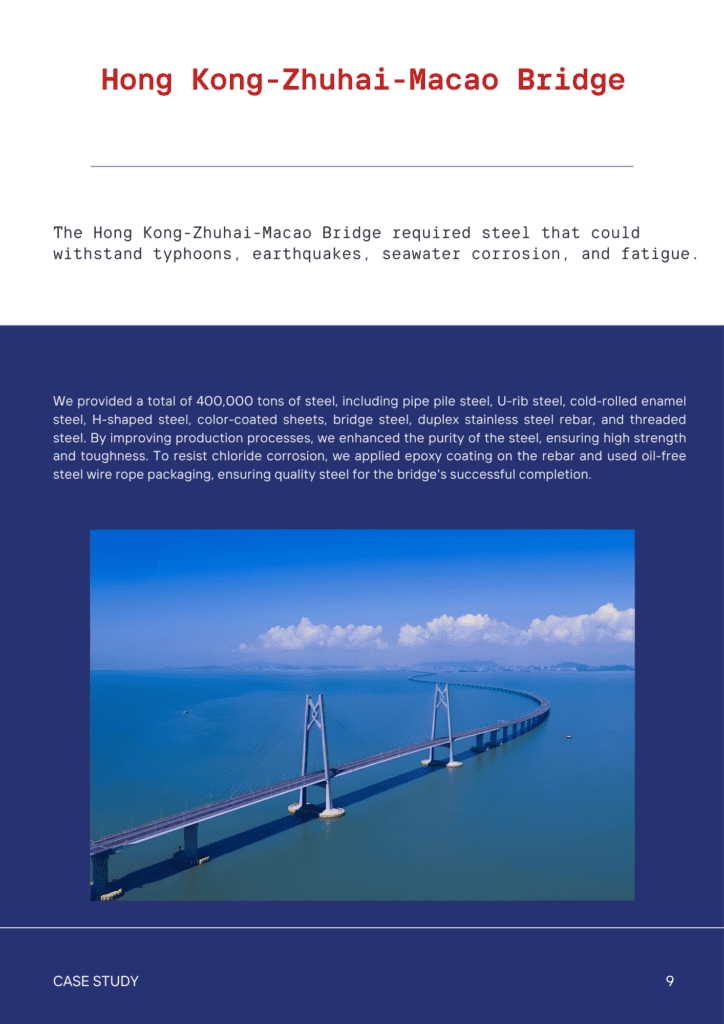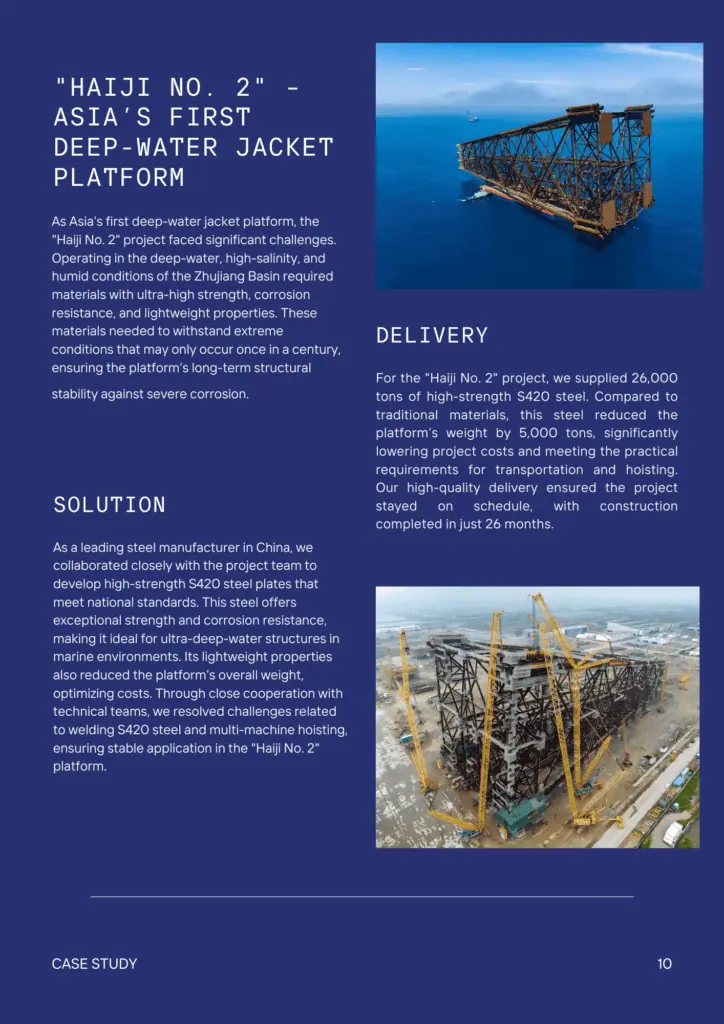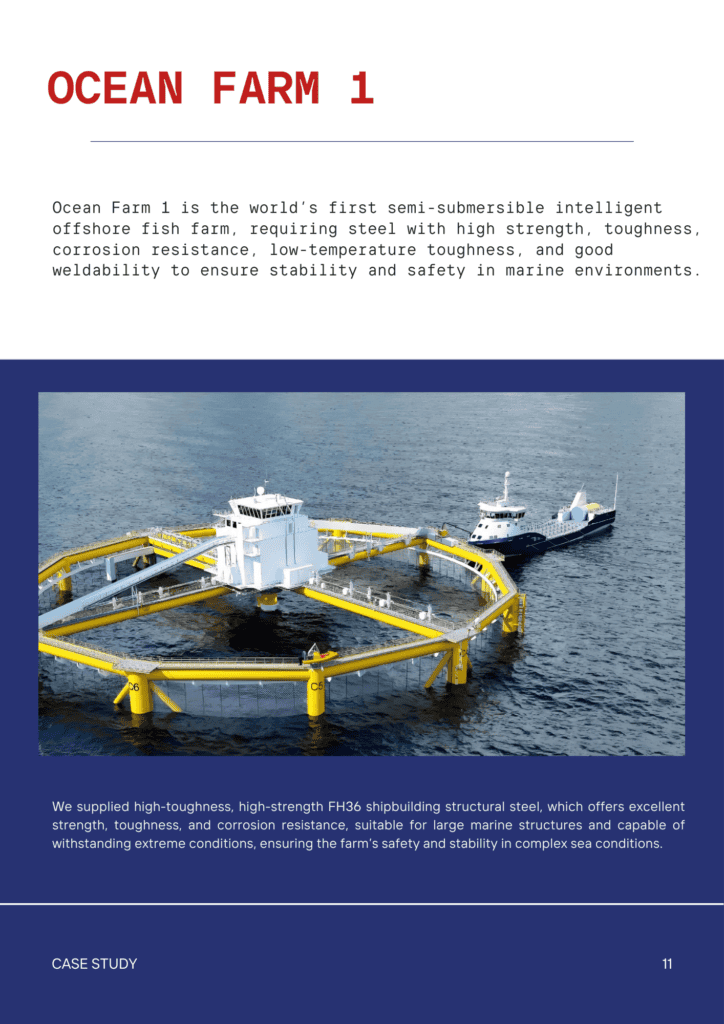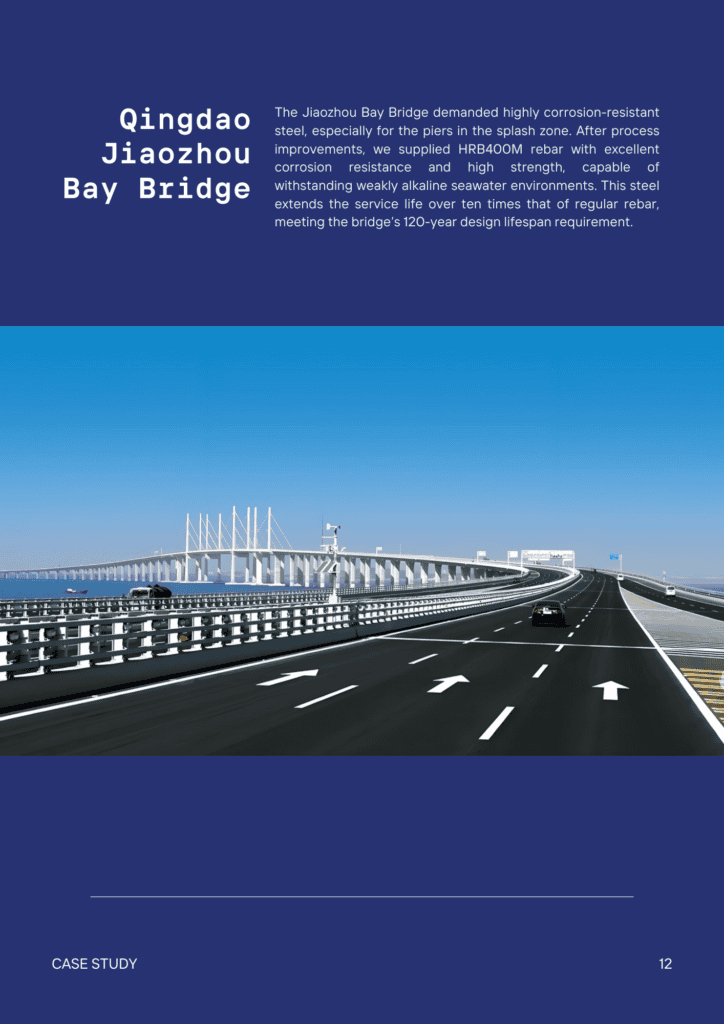Contents
High Carbon Stainless Steel | Definition, Features, Applications, Grades and Comparisons
- John
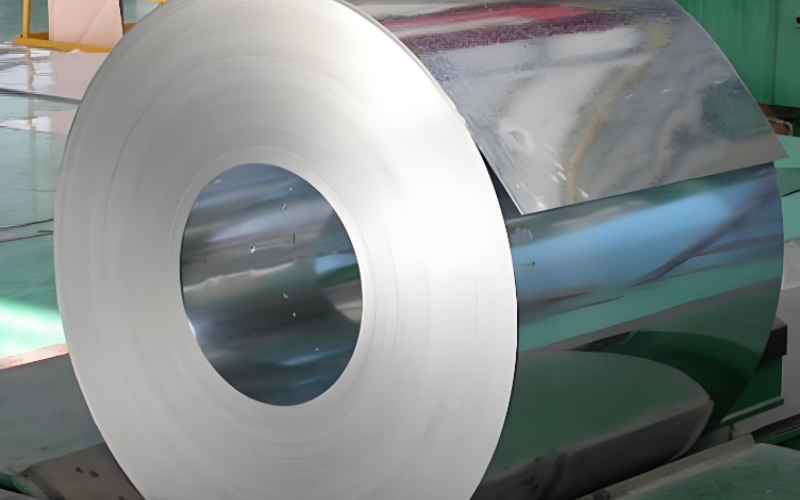
High carbon stainless steel is an alloy material that combines the advantages of carbon steel and stainless steel, with excellent hardness, sharpness and corrosion resistance. This article will explore the definition, features, applications, maintenance methods, common grades of high carbon stainless steel, and make a detailed comparison with other types of steel to help you better understand this material.
What is High Carbon Stainless Steel?
High carbon stainless steels are stainless steels with a relatively high carbon content, which generally exceed the standard limits followed by conventional stainless steels (i.e., the carbon content of general stainless steels is maintained between 0.1% and 0.4%). They often exhibit martensitic structural characteristics, which is because martensitic stainless steels can accommodate higher carbon contents.
Pros and Cons of High Carbon Stainless Steel
Advantages
Excellent sharpness and wear resistance: The high carbon content of high carbon stainless steel enables it to maintain extremely high sharpness after fine grinding, which is particularly suitable for the manufacture of various tools that require precision cutting, such as kitchen knives, surgical instruments and industrial cutting equipment. In addition, the high hardness and wear resistance allow high carbon stainless steel to remain sharp after long-term use, reducing the need for frequent grinding.
Good corrosion resistance: Although high carbon stainless steel is not as corrosion resistant as some low carbon stainless steels, it can still maintain good oxidation resistance in humid and corrosive environments by adding elements such as chromium and molybdenum. This makes high carbon stainless steel not only suitable for indoor use, but also suitable for outdoor or humid environments.
Wide range of applications: High carbon stainless steel is used in a wide range of industries due to its combination of high hardness and corrosion resistance. Whether it is an everyday kitchen knife, professional-grade surgical instrument, or high-strength industrial equipment, high carbon stainless steel can provide excellent performance..
Disadvantages
High maintenance requirements: In spite of its corrosion resistance, high carbon stainless steel is still prone to rusting in humid environments. Therefore, it needs to be cleaned and dried promptly after use, and anti-rust oil should be applied if necessary to prevent surface oxidation. This high maintenance requirement requires more attention and time during use.
Fragility and low toughness: Although the high carbon content increases the hardness of the steel, it also makes it more fragile, especially prone to breakage or chipping in high-stress environments. This feature limits the use of high carbon stainless steel in certain applications that require high toughness, such as some high-impact industrial tools or mechanical parts.
Difficult to polish: Due to the high hardness of high carbon stainless steel, when it needs to be re-sharpened, it often requires more time and skills than ordinary stainless steel. Especially when repairing the edge or performing precision machining, the requirements for tools and operating techniques are high, which makes the grinding process more complicated.
Uses of High Carbon Stainless Steel
Due to its unique properties, high carbon stainless steel has been widely used in many fields. Here are some typical high carbon stainless steel application scenarios.
Kitchenware and knives
Among kitchen knives, high carbon stainless steel has become the preferred material for its excellent sharpness and durability. Whether it is a slicer, a machete or a chopper, high carbon stainless steel can provide a precise cutting experience while reducing the need for frequent sharpening. In addition, high carbon stainless steel is also widely used to manufacture other tools in the kitchen, such as paring knives, kitchen scissors, etc.
Surgical instruments
Surgical instruments place extremely stringent demands on materials that are both sharp and corrosion resistant. High-carbon stainless steel not only provides precise cutting performance through a special heat treatment process, but also maintains good corrosion resistance during multiple uses and sterilization. As a result, it is commonly used in the manufacture of scalpels, pliers, scissors and other high-precision medical instruments.
Industrial equipment and parts
In the industrial field, the high strength and wear resistance of high carbon stainless steel make it an ideal material for manufacturing high-load and high-wear equipment. For example, key components such as pump shafts, valves, and gears are often made of high-carbon stainless steel to ensure that the equipment can still operate stably for a long time under harsh working conditions. In addition, high-carbon stainless steel is also widely used in the manufacture of mining machinery and heavy machinery, and can cope with high-impact and high-wear working environments.
Automobile and aerospace fields
In the automotive and aerospace fields, high-carbon stainless steel is widely used to manufacture key components such as springs, fasteners, and structural brackets due to its lightweight and high-strength characteristics. These components need to work in high-stress and high-vibration environments, and the use of high-carbon stainless steel can significantly improve their durability and safety.
Knives and weapons
High-carbon stainless steel is also used to manufacture knives and weapons due to its sharpness and durability. Especially in the manufacture of knives that require extremely high sharpness and wear resistance, high-carbon stainless steel has irreplaceable advantages.
Common High Carbon Stainless Steel Grades
Among the five major classifications of stainless steel, some martensitic stainless steels have high hardness and high carbon content. Here are some common high-carbon stainless steel grades:
420
The carbon content of 420 stainless steel is usually between 0.15% and 0.40%. It is a common martensitic stainless steel with good hardness and wear resistance, and is widely used to make knives, scissors, surgical instruments, etc.
420HC
420HC is an improved version of 420 stainless steel with a higher carbon content, usually between 0.4% and 0.5%. It is widely used in knife manufacturing because it provides good hardness and wear resistance while maintaining good corrosion resistance.
440A
The carbon content is between 0.60% and 0.75%, with good corrosion resistance and hardness, and is usually used to make high-wear-resistant knives and bearings.
440B
The carbon content is between 0.75% and 0.95%, and its performance is between 440A and 440C, suitable for tools that require higher hardness and wear resistance.
440C
This is one of the most commonly used high-carbon stainless steels, with a carbon content of about 0.95% to 1.20%. 440C steel is widely used to make high-end knives, bearings, and wear-resistant tools due to its extremely high hardness and excellent wear resistance. It is also corrosion resistant and will fit in wet or corrosive environments.
154CM
154CM is a high-molybdenum modified steel of 440C with a carbon content of about 1.05%. This steel not only increases hardness, but also enhances corrosion resistance and toughness. It is commonly used in military, outdoor and industrial fields to manufacture high-end knives, tools and parts that require high wear resistance.
M390
M390 is a martensitic chromium steel produced using powder metallurgy technology with a carbon content of approximately 1.9% and high percentages of chromium, vanadium and molybdenum. Considered one of the best knife steels on the market today, this steel is known for its extreme hardness, excellent corrosion resistance and ability to retain an edge, and is often used to make top-quality knives and high-end industrial tools.
High Carbon Stainless Steel vs High Carbon Steel
High carbon stainless steel and high carbon steel have significant differences in composition and performance, which make them show different advantages and disadvantages in different applications.
Corrosion resistance
High carbon stainless steel improves corrosion resistance by adding chromium, while high carbon steel is prone to rust in humid environments due to the lack of sufficient antioxidant elements. Therefore, high carbon stainless steel is more suitable for use in humid or highly corrosive environments, while high carbon steel requires more care and maintenance.
Hardness and toughness
High carbon steel is usually harder than high carbon stainless steel, especially after proper heat treatment, the hardness of high carbon steel can reach a very high level. However, the higher hardness also makes high carbon steel more fragile and prone to fracture in high stress environments. In contrast, high carbon stainless steel can achieve better toughness and reduce the risk of fracture while maintaining a higher hardness through proper alloy design and heat treatment.
Cost
The production cost of high carbon stainless steel is usually higher than that of high carbon steel because the price of elements such as chromium and nickel contained in stainless steel is higher. In addition, the processing and heat treatment process of high carbon stainless steel is also more complicated. However, due to its longer service life and lower maintenance costs, high carbon stainless steel may be more economical than high carbon steel in many applications.
Application scenarios
High carbon steel is often used to make knives, molds and other tools that require high strength due to its extremely high hardness and wear resistance. High carbon stainless steel is widely used in kitchen utensils, surgical instruments, industrial equipment and other occasions that require both sharpness and durability due to its excellent corrosion resistance and good comprehensive performance.
High Carbon Stainless Steel vs Stainless Steel
The differences in composition and performance between high carbon stainless steel and ordinary stainless steel make them perform differently in use.
Sharpness
Due to the high carbon content, high carbon stainless steel knives can be sharpened to a very sharp edge and are suitable for fine cutting tasks. This makes high carbon stainless steel knives perform well in applications that require extremely high precision, such as kitchen and surgical instruments. Although ordinary stainless steel knives can also maintain good sharpness, they often need more frequent sharpening after long-term use.
Durability
Due to its high hardness and wear resistance, high-carbon stainless steel can maintain a good edge condition during long-term use, reducing the frequency of wear and grinding. In contrast, ordinary stainless steel is easier to process and maintain due to its lower carbon content, but its durability and wear resistance may not be as good as high-carbon stainless steel under high-intensity use.
Easy maintenance
Ordinary stainless steel knives are generally easier to maintain and less prone to rust than high-carbon stainless steel due to their lower carbon content and higher chromium content. In daily use, ordinary stainless steel knives have lower environmental requirements and are suitable for users who do not want to spend too much time on maintenance. High-carbon stainless steel knives require more attention and regular maintenance to prevent rust and maintain sharpness.
Corrosion resistance
Ordinary stainless steel knives are generally more corrosion-resistant due to their higher chromium content, especially in humid and acidic environments. Although high-carbon stainless steel also has a certain degree of corrosion resistance, its corrosion resistance may not be as good as ordinary stainless steel in extreme environments.
How to Maintain High Carbon Stainless Steel?
To maintain high carbon stainless steel, follow these key steps:
- Clean Regularly: After each use, wash the item with warm soapy water and a soft cloth or sponge. Avoid harsh chemicals or abrasive scrubbers that can damage the surface.
- Dry Thoroughly: Immediately dry the item to prevent water spots and minimize the risk of corrosion, as high carbon content can make the steel more prone to rust.
- Avoid Prolonged Moisture Exposure: Don’t leave the steel item in damp environments, like sinks or dishwashers, as extended exposure to moisture can cause rust.
- Oil the Surface: Apply a thin layer of food-safe oil (for kitchen tools) or a light oil (for other items) to protect the surface and enhance corrosion resistance.
- Sharpen and Hone Regularly: For knives or cutting tools, regular sharpening and honing will maintain their edge and performance.
- Store Properly: Keep the items in a dry place, and for knives, use knife blocks or sheaths to protect the blade.
Does High Carbon Stainless Steel Rust?
Yes, high carbon stainless steel can rust, though it is more resistant to corrosion than regular carbon steel. The high carbon content can reduce its corrosion resistance compared to lower carbon stainless steels. However, the chromium content in stainless steel helps form a protective oxide layer that slows down rusting. If the protective layer is damaged or if the steel is exposed to harsh conditions, such as saltwater or acidic environments, it can still rust over time.
Is High Carbon Stainless Steel Magnetic?
Yes, high carbon stainless steel is generally magnetic, as it usually has a martensitic structure, which retains magnetic properties.
Is 304 Stainless Steel a High Carbon Stainless Steel?
304 stainless steel is not usually classified as high carbon stainless steel. 304 stainless steel has a lower carbon content, generally below 0.08%. Due to the low carbon content, 304 stainless steel does not perform as well as high carbon stainless steel in terms of hardness and strength, but has superior corrosion resistance, weldability and machinability.
Is High Carbon Stainless Steel Safe?
Yes, high carbon stainless steel is safe for use, especially in kitchen tools. Its chromium content prevents rust, but proper care and maintenance are needed to avoid rusting and ensure long-term safety.
Is High Carbon Stainless Steel Good for Knives?
Yes, high carbon stainless steel is great for knives. It combines the hardness and edge retention of high carbon steel with the corrosion resistance of stainless steel. This makes it perfect for knives that need to stay sharp and rust-proof for a long time, but it still requires regular maintenance to maintain its sharpness and prevent corrosion in harsh conditions.
How to Sharpen High Carbon Stainless Steel Knives?
- Choose a sharpening tool: Use a whetstone, diamond stone, or ceramic sharpening rod. Whetstones are ideal for precision, while diamond stones are faster for hard steel.
- Soak the whetstone (if applicable): If using a whetstone, soak it in water for 10-15 minutes.
- Set the angle: Maintain the appropriate sharpening angle (typically 15-20 degrees) for kitchen knives. Hold the knife at this angle throughout sharpening.
- Sharpen the blade:
- On a whetstone: Start with a coarse grit (about 1000) and run the blade along the stone, applying light pressure from heel to tip. Repeat on both sides.
- For a finer edge: Switch to a finer grit stone (3000-6000) to polish the edge.
- Hone the edge: After sharpening, use a honing rod to align the blade’s edge for improved sharpness.
- Clean and dry the knife: Rinse the blade, wipe it dry, and store it properly to prevent corrosion.
Get Satisfactory Stainless Steel!
As a professional steel supplier, SteelPRO Group provides you with a variety of materials and customized services. If you need to purchase stainless steel or other steel, please contact us. To learn more about stainless steel or other types of steel, you can check out more of our blogs.
- Stainless Steel Grades
- 300 Series Stainless Steel
- 303 Stainless Steel
- 304 Stainless Steel
- 305 Stainless Steel
- 308 Stainless Steel
- 316 Stainless Steel
- 316N Stainless Steel
- 409 Stainless Steel
- 410 Stainless Steel
- 416 Stainless Steel
- 420 Stainless Steel
- 430 Stainless Steel
- 410HT And 410L Stainless Steels
- 410S Stainless Steel
- 440 Stainless Steel
- 436 Stainless Steel
- 301 Stainless Steel
- 201 Stainless Steel
- 202 Stainless Steel
- 444 Stainless Steel
- 405 Stainless Steel
- 302 Stainless Steel
- 309 Stainless Steel
- 314 Stainless Steel
- 321 Stainless Steel
- 347 Stainless Steel
- 408 Stainless Steel
- 422 Stainless Steel
- 431 Stainless Steel
- 434 Stainless Steel
- 414 Stainless Steel
- 430FR Stainless Steel
- 13-8 PH Stainless Steel
- 317 | 317L Stainless Steel
- 616 Stainless Steel
- 630 Stainless Steel
- 904L Stainless Steel
- A2 Stainless Steel
- 304 vs 304L Stainless Steel
- 304 VS 316 Stainless Steel
- 304 vs 409 Stainless Steel
- 304 vs 430 Stainless Steel
- 410 Stainless Steel vs 304
- 18/0 vs 18/10
- 18/0 Stainless Steel
- 18/8 Stainless Steel
- 18/10 Stainless Steel
Comparisons


